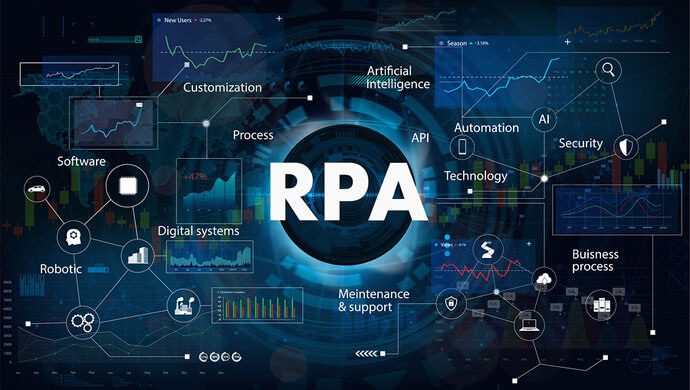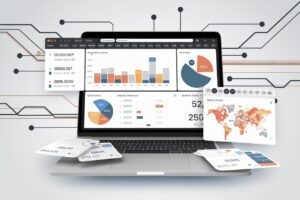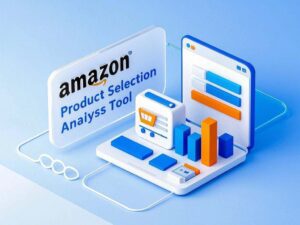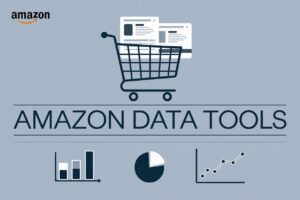Introduction
In today’s data-driven world, data scraping has become an essential part of business decision-making and strategic planning. The quality and efficiency of data scraping directly impact business insights and competitive advantage. With technological advancements, RPA (Robotic Process Automation) has become a significant tool in the field of data scraping. This article will delve into the definition of RPA data scraping, its advantages, disadvantages, applicable scenarios, and how to utilize the Pangolin Scrape API for data scraping.
What is RPA Data Scraping?
RPA data scraping is the process of extracting data from various sources using robotic process automation technology. RPA simulates human operations and automatically performs repetitive and rule-based data scraping tasks to achieve efficient and accurate data collection.
Definition
RPA, or Robotic Process Automation, is a technology that uses software robots to automate repetitive tasks. In data scraping, RPA robots can automatically access websites, API interfaces, or databases, mimicking human user operations to extract the required data.
Working Principle
RPA robots execute data scraping tasks through pre-defined workflows. These workflows typically include logging into systems, navigating to specific pages, extracting data, and storing it in designated locations. RPA tools usually come with a visual workflow designer, allowing users to intuitively create and manage data scraping processes.
Advantages of RPA Data Scraping
Efficiency Improvement
RPA data scraping can significantly enhance data collection efficiency. By automating processes, RPA robots can work 24/7 without interruption, quickly completing large-scale data scraping tasks, reducing manual intervention and waiting time.
Accuracy
RPA robots strictly follow predefined rules, reducing human errors and improving data scraping accuracy. Robots do not make mistakes due to fatigue or lack of concentration, ensuring data consistency and reliability.
Cost Savings
Although the initial deployment of an RPA system may require some investment, in the long run, RPA data scraping can significantly reduce operational costs. It reduces reliance on manual data scraping while increasing the efficiency and accuracy of data processing, minimizing costs associated with data errors.
Scalability
RPA systems are highly scalable. As enterprise data needs grow, RPA can easily scale by increasing the number of robots or optimizing workflow design to meet ever-changing business requirements.
Real-time Data Scraping
RPA robots can achieve real-time data scraping, helping businesses quickly respond to market changes. With instant data updates, businesses can access the latest information promptly, making quick and accurate decisions.
Disadvantages of RPA Data Scraping
Technical Dependence
RPA data scraping relies on specific technologies and tools, which may limit its flexibility. If the underlying technology changes, the RPA system may need to be reconfigured or updated, increasing maintenance costs and technical complexity.
Maintenance Costs
Although RPA can significantly reduce long-term operational costs, its initial deployment and subsequent maintenance costs should not be overlooked. RPA systems require regular maintenance and updates to adapt to changing business needs and technical environments.
Complexity Management
For complex business processes, implementing RPA automation may require advanced skills. Designing and maintaining complex RPA workflows require corresponding technical knowledge and experience, which can be challenging for some businesses.
Applicable Scenarios for RPA Data Scraping
Large-scale Data Needs
RPA data scraping is well-suited for businesses that need to process large amounts of data. Whether it’s data analysis for e-commerce platforms, market research, or risk assessment for financial institutions, RPA can efficiently handle large-scale data scraping tasks.
Repetitive Tasks
For tasks that are highly repetitive and have clear rules for data entry and processing, RPA data scraping is an ideal solution. RPA robots can automatically perform these tasks, reducing the workload of manual operations and improving efficiency and accuracy.
Cross-system Integration
In enterprises, integrating data flows between different systems is often a complex and tedious process. RPA data scraping can automatically traverse multiple systems, integrating data from different sources to achieve seamless data connection and flow.
Suitable Users for RPA Data Scraping
Data Analysts
Data analysts need to efficiently process and analyze large amounts of data to support business decisions. RPA data scraping can help them quickly obtain the required data, saving time and effort to focus on data analysis and insights.
Business Process Managers
Enterprise managers responsible for optimizing business processes and improving operational efficiency can benefit from RPA data scraping. It can automate repetitive tasks and optimize business processes, helping managers achieve more efficient operations management.
IT Professionals
IT professionals with technical backgrounds can utilize RPA data scraping technology to maintain and develop RPA solutions. They can customize RPA workflows according to enterprise needs to achieve automated data scraping and processing.
Other Data Scraping Solutions
Web Scraping
Web Scraping is a method of extracting data from websites using crawler technology. Although Web Scraping can obtain a large amount of data, its legality and stability may be affected by website anti-crawling mechanisms.
API Integration
Obtaining data through API integration is a common method. API interfaces, usually provided by data providers, can directly access and retrieve structured data. The advantage of API integration is that it provides high data stability and is easy to use and integrate.
Database Queries
Extracting data directly from databases is an efficient data scraping method. Using SQL queries and other methods, the required data can be quickly obtained, but it requires some understanding of database structures and query languages.
Introduction to Pangolin Scrape API
Product Overview
Pangolin Scrape API is a powerful data scraping tool that can extract data in real-time from various sources. Whether it’s data scraping for e-commerce platforms, obtaining advertising data, or extracting list data, Pangolin Scrape API can efficiently complete tasks.
Product Advantages
Zone-specific Data Scraping
Pangolin Scrape API can target specific regions for data scraping, which is very useful for enterprises requiring regional data analysis.
SP Advertising Data Scraping
Using Pangolin Scrape API, specific advertising data can be obtained, helping enterprises analyze and optimize advertising effectiveness.
List Data Scraping
Pangolin Scrape API can scrape new product lists, best-seller lists, and other data, helping enterprises understand market trends and competition.
Real-time Data Scraping and Processing Capacity
Pangolin Scrape API offers real-time data scraping and processing capabilities, quickly responding to data needs. Its powerful processing capacity supports the handling of billions of pages of data each month.
Integration Advantages
Pangolin Scrape API can easily integrate into users’ existing data management systems, providing flexible data input and output interfaces, making it convenient for enterprises to integrate and manage data.
Code Example of Using Pangolin Scrape API
Below is a simple code example showing how to use Pangolin Scrape API for data scraping:
# Request
import requests
import json
url = "http://scrape.pangolinfo.com/api/task/receive/v1?token=xxx"
payload = json.dumps({
"url": "https://www.amazon.com/s?k=baby",
"callbackUrl": "http://***.***.***.***/callback/data",
"bizContext": {
"zipcode": "90001"
}
})
headers = {
'Content-Type': 'application/json'
}
response = requests.request("POST", url, headers=headers, data=payload)
print(response.text)
# Response
{
"code": 0, // system status code
"message": "ok",
"data": {
"data": "57b049c3fdf24e309043f28139b44d05", // returns the spider task ID, and after successful scraping, this ID + page data will be pushed to the receiving service
"bizCode": 0, // business status code
"bizMsg": "ok" // business status message
}
}
Through the above code, users can easily achieve zone-specific, advertising, and list data scraping and integrate the data into existing data management systems.
Summary and Outlook
Summary
RPA data scraping has significant advantages in improving efficiency, accuracy, cost savings, scalability, and real-time data scraping. However, it also has disadvantages such as technical dependence, maintenance costs, and complexity management. It is suitable for large-scale data needs, repetitive tasks, and cross-system integration. Data analysts, business process managers, and IT professionals are the primary beneficiaries. Pangolin Scrape API, as a powerful data scraping tool, has zone-specific data scraping, SP advertising data scraping, list data scraping, real-time data scraping and processing capacity, and integration advantages.
Outlook
In the future, with continuous technological advancement, RPA data scraping will become more intelligent and efficient. The integration of machine learning and artificial intelligence will further enhance RPA’s automation capabilities and adaptability, providing businesses with more precise and comprehensive data support. Enterprises should actively explore and utilize RPA technology to optimize data management processes and enhance competitive advantages.
Conclusion
RPA data scraping plays an important role in modern enterprises, providing powerful support for business decisions with its efficient, accurate, and real-time data scraping capabilities. It is hoped that this article will help readers better understand the advantages and applications of RPA data scraping and encourage them to explore and utilize RPA technology to optimize data management processes and achieve continuous business development.






